In recent times, consumers have been noticing a scarcity of certain common foods on grocery store shelves. This unexpected shortage is not due to a sudden spike in consumer demand or natural disasters but rather the result of tariffs imposed on international trade. These tariffs are impacting the availability of products that many families consider staples in their daily diets. From fruits to grains, the impact is widespread, affecting both the diversity of choices available to consumers and the economy at large. Let’s explore the 18 foods that are disappearing due to these trade restrictions.
Avocados

Avocados, the green gems highly favored for their creamy texture and nutritional benefits, are becoming less visible on supermarket shelves. This trend isn’t driven by a decline in popularity but rather by tariffs affecting imports from Mexico, the primary avocado supplier.
As tariffs increase, the cost of bringing avocados across borders escalates, impacting affordability and availability. This situation challenges both consumers and retailers, who strive to meet demand without passing on hefty price hikes.
Avocado lovers might need to seek alternatives or adjust their budgets as these tariffs continue to bite into their favorite fruit.
Almonds

Almonds, a popular snack and a staple in many diets, are facing scarcity due to tariffs impacting exports from California, a major almond producer. The tariffs imposed by international markets have led to a decrease in demand, causing economic strain on producers.
This situation not only affects availability but also threatens the livelihood of farmers who rely on almond sales. As the market adjusts to these new challenges, almond enthusiasts may notice a dip in supply and a rise in prices.
The nutty favorite might not be as readily available as it once was, urging consumers to consider other options.
Cheese
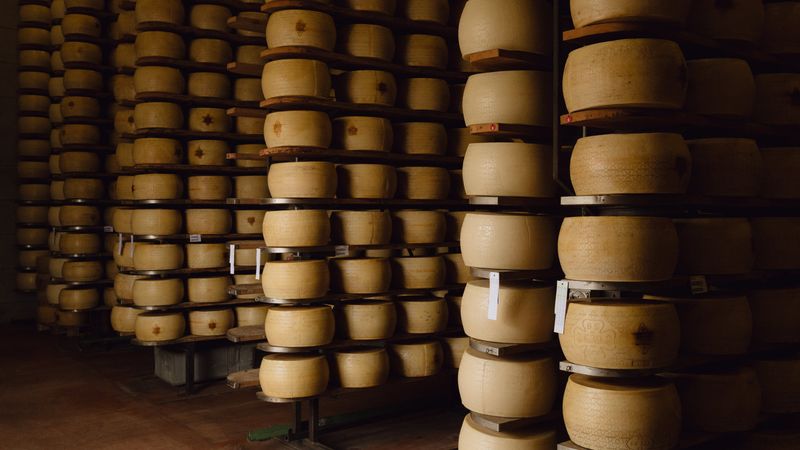
Cheese, a beloved addition to many dishes, is experiencing reduced availability due to tariffs on dairy imports. These tariffs have led to higher production costs, impacting both local and imported varieties.
The cheese industry faces challenges in balancing price increases with consumer demand, leading to shortages in some regions. This situation has made it difficult for cheese lovers to enjoy their favorite varieties without breaking the bank.
As tariffs continue to influence trade, cheese supplies may dwindle further, leaving aficionados to explore alternative dairy products or lesser-known cheese varieties.
Oranges

Oranges, synonymous with sunshine and vitality, are not immune to the effects of tariffs. The citrus fruit, primarily grown in Florida, faces export challenges due to increased tariffs, affecting their presence in international markets.
The domestic market isn’t spared either, as the costs trickle down to local consumers. With tariffs disrupting trade, orange supplies are tightening, and prices are climbing.
This situation might leave orange lovers scrambling to find their favorite fruit at reasonable prices, or they might have to settle for seasonal alternatives, missing the juicy sweetness they crave.
Pasta

Pasta, the versatile staple in countless households, is feeling the pinch of tariffs as well. These tariffs on wheat imports, particularly from Italy, have caused disruptions in the supply chain, impacting availability.
As prices rise and the supply dwindles, pasta aficionados find themselves searching for alternatives or adjusting recipes to accommodate other grains. The tariffs not only impact consumers but also affect businesses reliant on pasta as a key ingredient.
The beloved carbohydrate might see a shift in consumer preferences, as the once abundant pasta becomes a rare find on shelves.
Wine

Wine, cherished for its ability to enhance dining experiences, is encountering scarcity due to tariffs affecting grape imports. These tariffs have disrupted the wine production industry, notably impacting imports from Europe.
With costs rising and availability decreasing, wine enthusiasts face the challenge of finding affordable selections. The industry grapples with balancing supply against rising production costs and maintaining quality.
As tariffs shape the trade landscape, wine connoisseurs may need to explore local vineyards or lesser-known labels to satisfy their oenophilic desires.
Coffee

Coffee, the morning ritual for many, is seeing its supply dwindle due to tariffs on coffee imports. These tariffs are disrupting the flow of beans from key producing countries like Brazil and Colombia.
The increase in costs has affected the entire coffee supply chain, from growers to consumers. This situation may result in higher prices at your favorite café or supermarket.
For coffee aficionados, this development might mean exploring different blends or adjusting their daily caffeine fix as the beloved bean becomes less accessible due to trade restrictions.
Beef
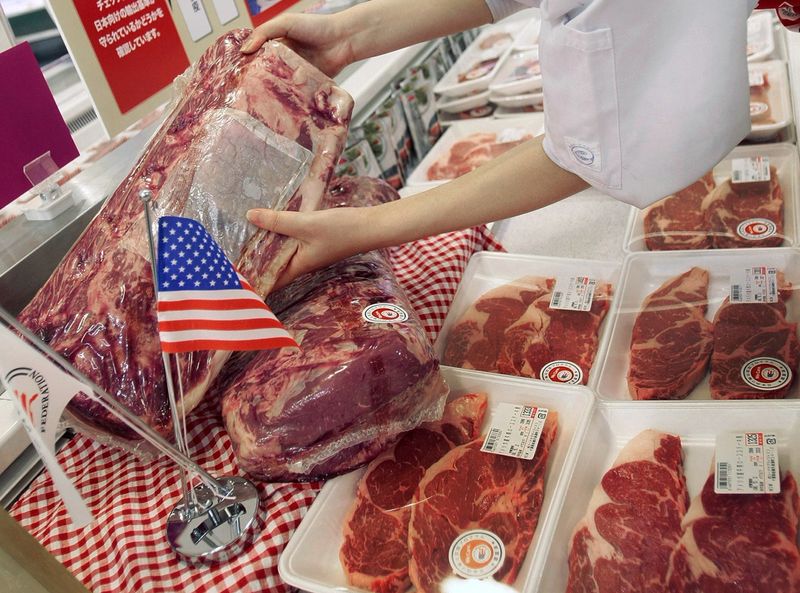
Beef, a staple in many diets, is experiencing pressure from tariffs affecting cattle imports and exports. These tariffs impact production costs, affecting both local and imported beef supplies.
As prices increase, consumers face difficult choices in maintaining their usual meat-based meals. The tariffs not only affect availability but also ripple through the entire supply chain, influencing related industries.
This scenario might lead beef lovers to explore alternative protein sources or adjust their meal planning as tariffs continue to shape the market landscape.
Tomatoes
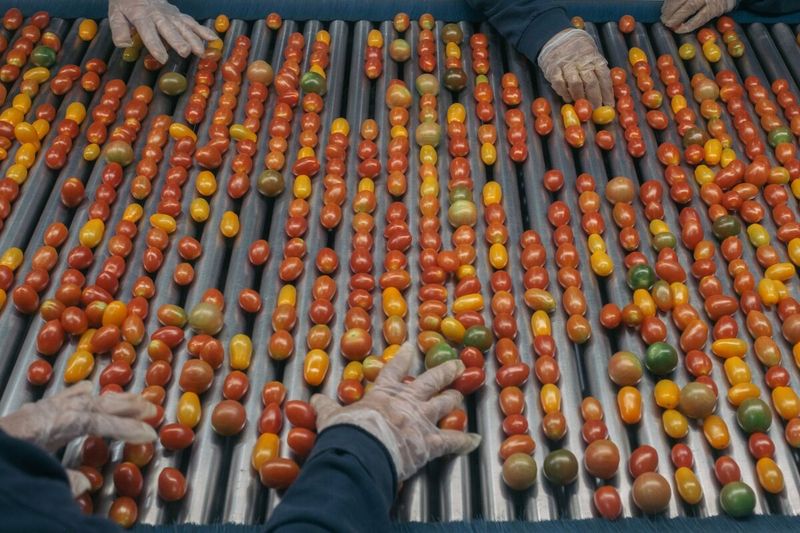
Tomatoes, the cornerstone of countless recipes, are facing shortages due to tariffs on imports from Mexico. These tariffs disrupt the supply chain, leading to reduced availability and increased costs.
The impact is felt by consumers and restaurants alike, as tomatoes are a key ingredient in many dishes. This has prompted some to seek locally-grown alternatives or adjust their culinary practices.
This situation highlights the complexities of tariffs and their influence on everyday food items, leaving tomato lovers to find creative solutions for their kitchen needs.
Bananas
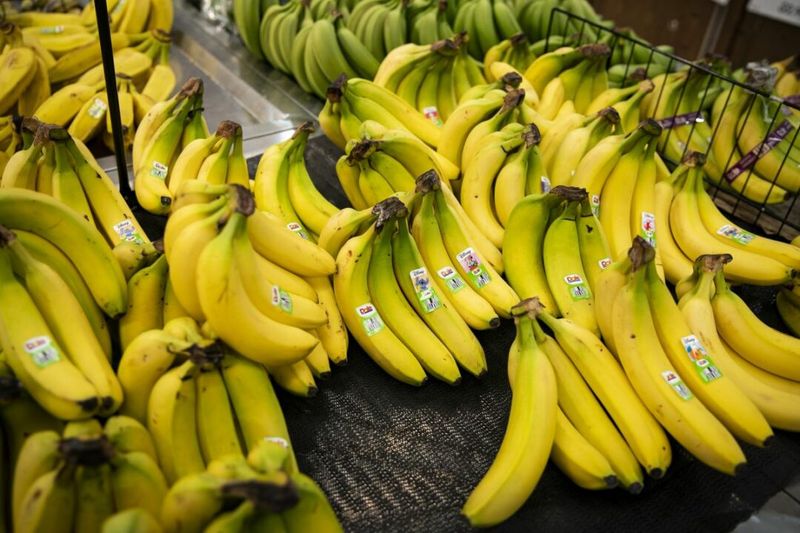
Bananas, known for their convenient packaging and nutritional benefits, are not exempt from the effects of tariffs. As one of the most consumed fruits globally, tariffs on imports have led to significant disruptions in supply.
This situation impacts not only availability but also pricing, making bananas less accessible to everyday consumers. The ripple effect extends to businesses reliant on bananas as a core ingredient.
Banana enthusiasts might have to contend with these challenges, exploring other fruit options or adjusting consumption patterns as tariffs continue to influence the market.
Rice

Rice, a staple for over half the world’s population, is facing issues due to tariffs on imports and exports. These trade barriers have caused disruptions in the supply chain, affecting availability and pricing.
The impact is widespread, influencing both consumers who rely on rice as a dietary mainstay and businesses that incorporate rice into their products. The increased costs have led some to seek alternative grains.
This scenario underscores the global nature of food supply and the intricate connections tariffs have on everyday staples like rice, highlighting the need for adaptive strategies.
Sugar
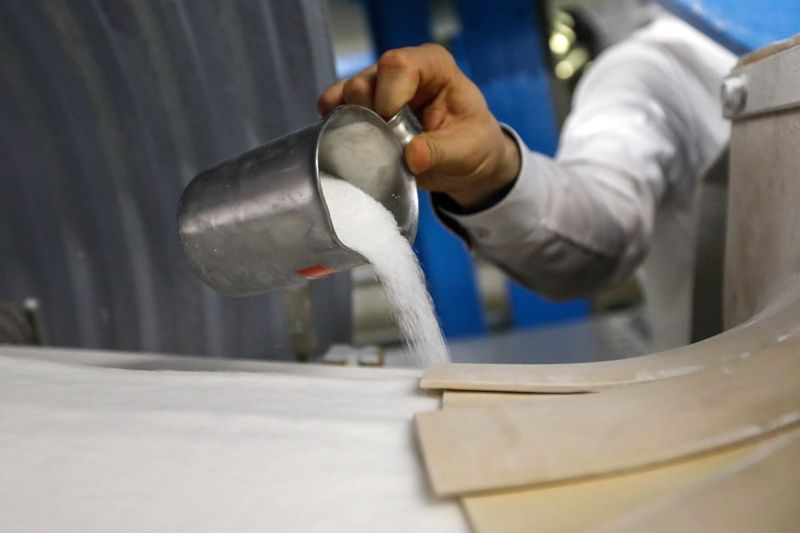
Sugar, the sweetener found in numerous products, is facing supply challenges due to tariffs on imports and exports. These tariffs affect the cost and availability of sugar, impacting a wide array of industries.
The increased prices have repercussions for consumers and businesses alike, leading to potential shortages in various products. As tariffs alter the market dynamics, some may need to explore alternative sweeteners.
This change prompts both consumers and manufacturers to adapt, as sugar becomes a less predictable commodity, influenced heavily by international trade policies.
Soybeans

Soybeans, crucial for a range of products from tofu to animal feed, are being hit hard by tariffs. These trade restrictions have disrupted the flow of soybeans, impacting supply and cost.
The tariffs create challenges for farmers and businesses, as they navigate the complexities of a changing market landscape. Consumers may find a ripple effect on products that rely on soy as an ingredient.
Adapting to these shifts is essential, as tariffs continue to redefine the global market for soybeans, highlighting the importance of strategic planning for future production.
Wheat

Wheat, foundational to diets worldwide, is experiencing supply issues due to tariffs affecting trade routes and costs. These tariffs disrupt the balance, impacting availability and pricing of wheat-based products.
Consumers find themselves confronting higher costs or reduced access to their favorite wheat-based foods. The implications extend to producers and distributors, who must manage these unforeseen challenges.
This scenario underscores the importance of adaptability in global food markets, as tariffs reshape the landscape for one of the world’s most essential grains, influencing both production and consumption.
Apples

Apples, cherished for their versatility and flavor, are not immune to tariffs affecting production and trade. These tariffs impose challenges on apple exports, influencing availability and pricing.
Consumers may notice a decrease in apple varieties or increased costs, prompting some to explore seasonal alternatives or lesser-known fruit options. The impact is felt throughout the supply chain, affecting producers and retailers.
Adaptation becomes crucial in this environment, as tariffs continue to reshape the market for this beloved fruit, illustrating the interconnectedness of global food systems.
Chocolate

Chocolate, the indulgence cherished worldwide, is seeing its supply chain affected by tariffs on cocoa imports. These trade barriers impact costs and availability, creating challenges for both consumers and manufacturers.
The increased prices may lead to reduced access or higher costs for chocolate products, urging some to seek alternatives or cut back on consumption. The ripple effect touches the entire industry, from growers to retailers.
This scenario highlights the delicate balance of global supply chains and the influence of tariffs on beloved treats like chocolate, prompting adaptive approaches from all stakeholders.
Chicken
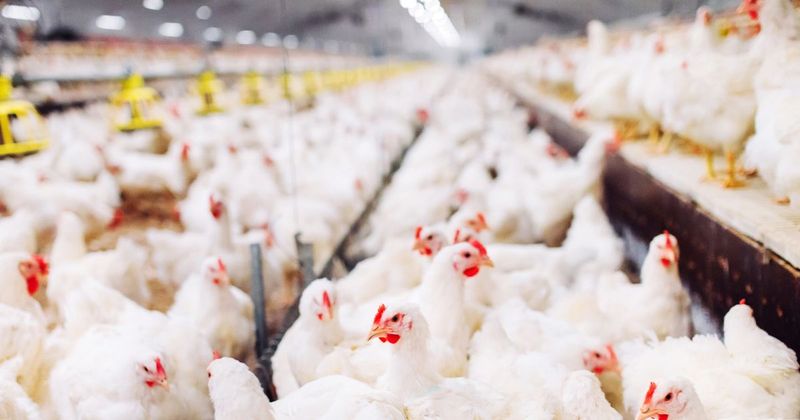
Chicken, a staple protein for many, is facing challenges due to tariffs affecting feed imports and exports. These tariffs impact cost and supply, influencing the entire poultry industry.
As prices rise, consumers may rethink their usual meal choices, exploring other protein sources or adjusting consumption patterns. The impact extends to producers and retailers, who must navigate this evolving landscape.
This situation underscores the interconnected nature of global food systems, as tariffs reshape market dynamics for chicken and other essential proteins.
Fish
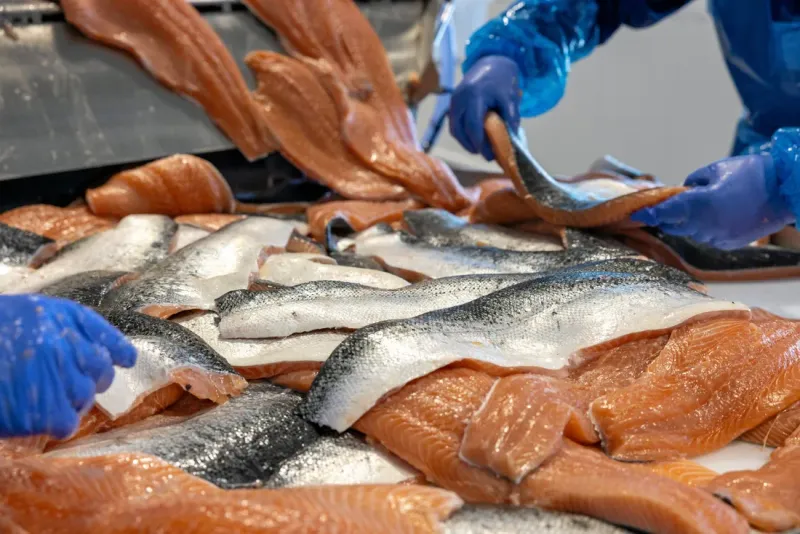
Fish, a vital source of nutrients and protein, is facing challenges due to tariffs affecting imports and exports. These trade restrictions impact availability and pricing, influencing consumer choices.
As costs escalate, seafood lovers may need to consider alternative sources or adjust their consumption habits. The ripple effect extends to the fishing industry and related businesses.
This scenario underscores the complexities of global trade and the importance of adaptability, as tariffs continue to influence the supply and demand for seafood worldwide.
Leave a comment